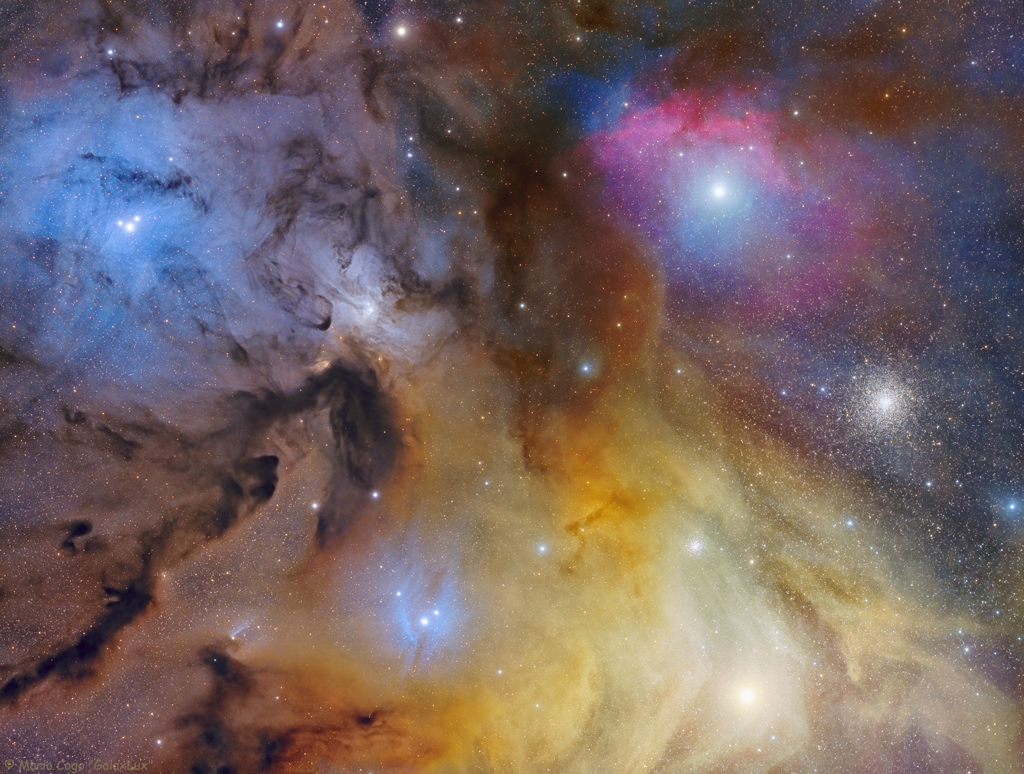A top view shows the wing loading test configuration of a F/A-18E from the Naval Air Systems Command in Patuxent River, Maryland. via NASA https://ift.tt/Zfyu1TJ
Eiffel Tower Prominence on the Sun
What’s that on the Sun? Although it may look like a flowing version of the Eiffel Tower, it is a solar prominence that is actually much bigger — about the height of Jupiter. The huge prominence emerged about ten days ago, hovered over the Sun’s surface for about two days, and then erupted — throwing a coronal mass ejection (CME) into the Solar System. The featured video, captured from the astrophotographer’s backyard in Hendersonville, Tennessee, USA, shows an hour time-lapse played both forwards and backwards. That CME did not impact the Earth, but our Sun had unleashed other recent CMEs that not only triggered Earthly auroras, but puffed out the Earth’s atmosphere enough to cause just-launched Starlink satellites to fall back. Activity on the Sun, including sunspots, prominences, CMEs and flares, continues to increase as the Sun evolves away from a deep minimum in its 11-year magnetic cycle. via NASA https://ift.tt/dEHlyIa
Orbiting a Red Dwarf Star
Terminator Moon

What’s different about this Moon? It’s the terminators. In the featured image, you can’t directly see any terminator — the line that divides the light of day from the dark of night. That’s because the image is a digital composite of 29 near-terminator lunar strips. Terminator regions show the longest and most prominent shadows — shadows which, by their contrast and length, allow a flat photograph to appear three-dimensional. The original images and data were taken near the Moon by NASA’s Lunar Reconnaissance Orbiter. Many of the Moon’s craters stand out because of the shadows they all cast to the right. The image shows in graphic detail that the darker regions known as maria are not just darker than the rest of the Moon — they are flatter. via NASA https://ift.tt/4YoDwhJ
Dr. Lyndsey McMillon-Brown: Studying Solar Cells
In the Heart of the Heart Nebula
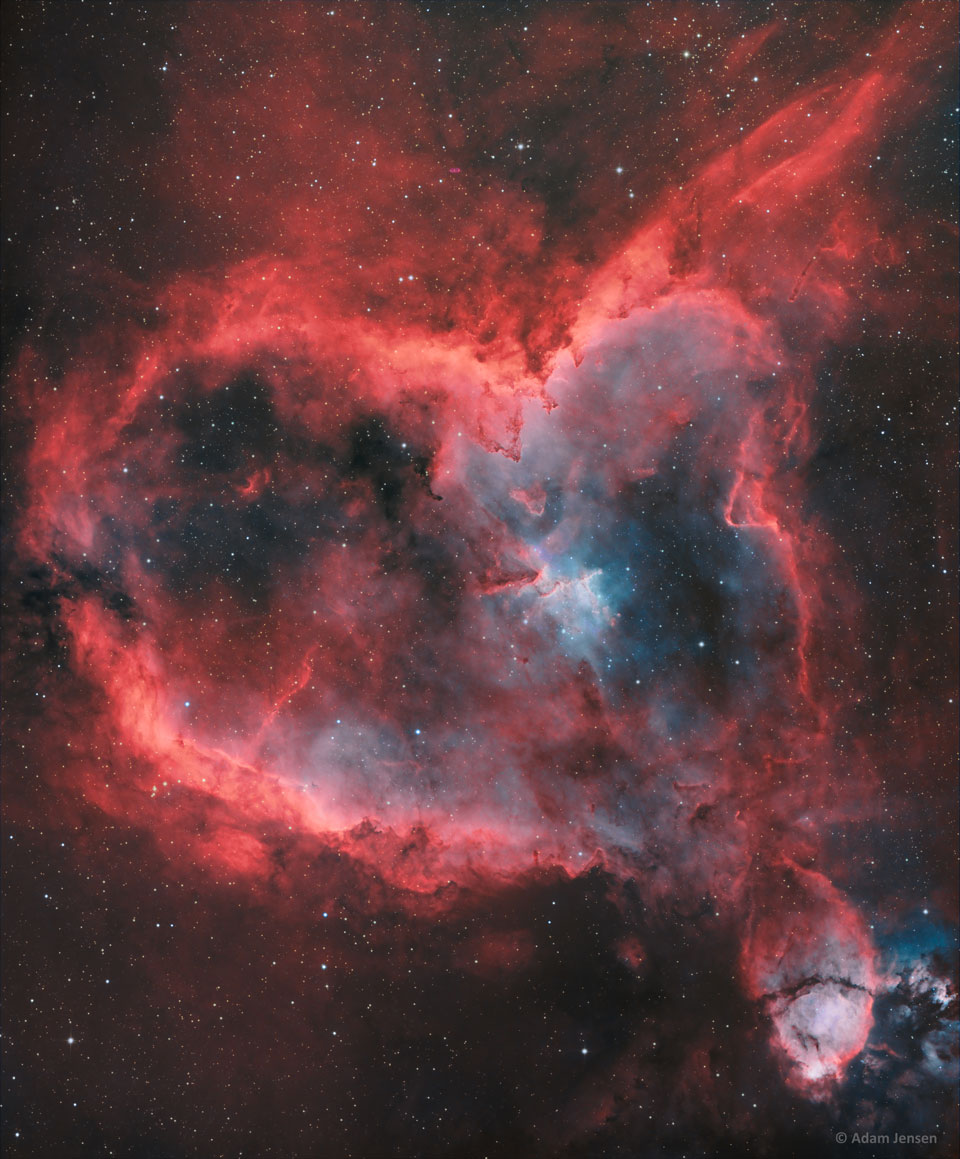
What excites the Heart Nebula? First, the large emission nebula dubbed IC 1805 looks, in whole, like a human heart. Its shape perhaps fitting of the Valentine’s Day, this heart glows brightly in red light emitted by its most prominent element: excited hydrogen. The red glow and the larger shape are all created by a small group of stars near the nebula’s center. In the heart of the Heart Nebula are young stars from the open star cluster Melotte 15 that are eroding away several picturesque dust pillars with their energetic light and winds. The open cluster of stars contains a few bright stars nearly 50 times the mass of our Sun, many dim stars only a fraction of the mass of our Sun, and an absent microquasar that was expelled millions of years ago. The Heart Nebula is located about 7,500 light years away toward the constellation of the mythological Queen of Aethiopia (Cassiopeia). via NASA https://ift.tt/HPMhxl8
Earth at Night
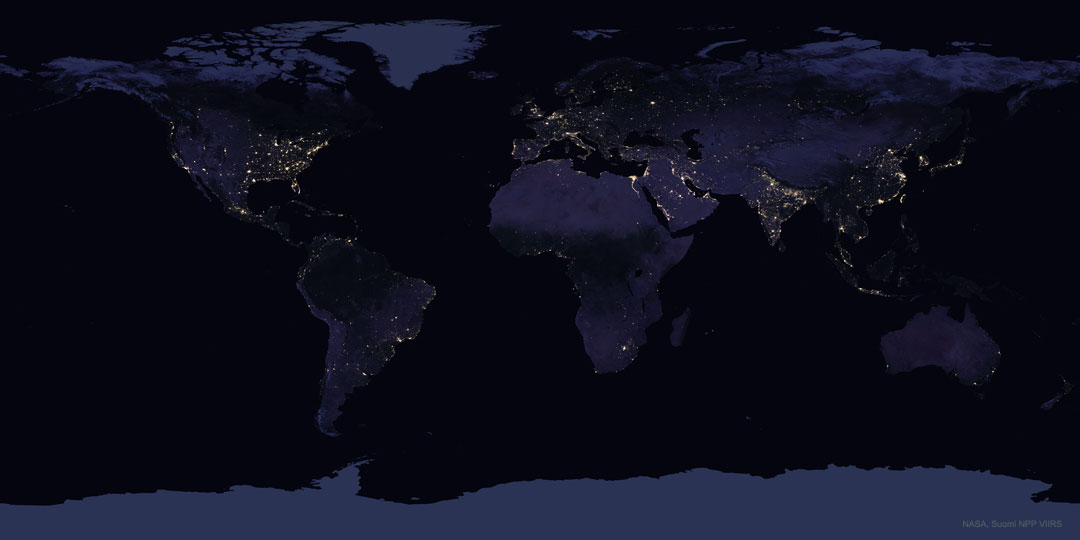
This is what the Earth looks like at night. Can you find your favorite country or city? Surprisingly, city lights make this task quite possible. Human-made lights highlight particularly developed or populated areas of the Earth’s surface, including the seaboards of Europe, the eastern United States, and Japan. Many large cities are located near rivers or oceans so that they can exchange goods cheaply by boat. Particularly dark areas include the central parts of South America, Africa, Asia, and Australia. The featured image, nicknamed Black Marble, is actually a composite of hundreds of pictures remade in 2016 from data taken by the orbiting Suomi NPP satellite. via NASA https://ift.tt/FVPoNig
Aurora by Moonlight
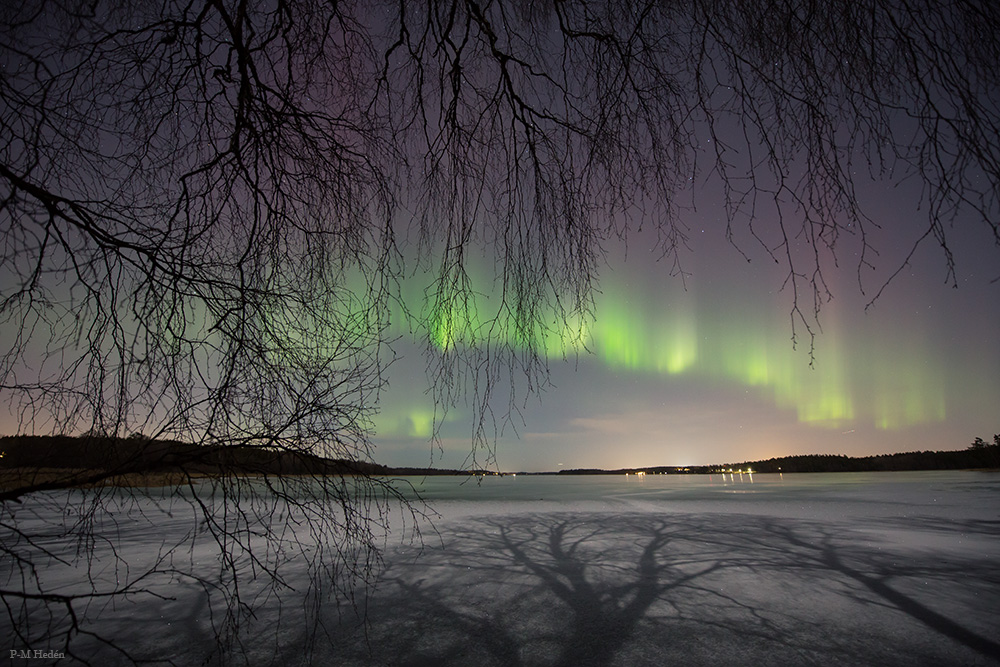
The ice was singing as light from a bright gibbous Moon cast shadows across this frozen lake, about 20 kilometers north of Stockholm, Sweden, planet Earth. In the alluring night skyscape captured on February 10, shimmering auroral curtains of light dance in the evening sky. On that northern night nature’s performance included the auroral displays fostered by a minor geomagnetic storm. Stormy space weather was the result of a coronal mass ejection, erupting from a solar prominence days earlier and brushing our fair planet’s magnetosphere. via NASA https://ift.tt/dum2ZBD
Hubble Views a Cosmic Interaction
IC 342: The Hidden Galaxy in Camelopardalis
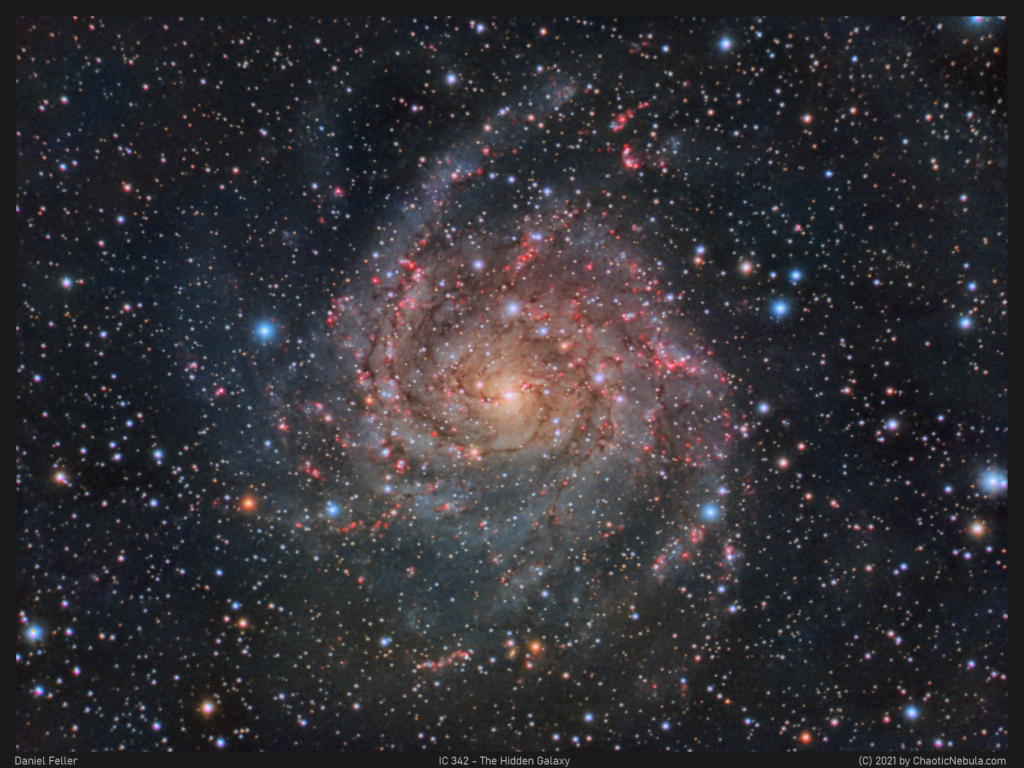
Similar in size to large, bright spiral galaxies in our neighborhood, IC 342 is a mere 10 million light-years distant in the long-necked, northern constellation Camelopardalis. A sprawling island universe, IC 342 would otherwise be a prominent galaxy in our night sky, but it is hidden from clear view and only glimpsed through the veil of stars, gas and dust clouds along the plane of our own Milky Way galaxy. Even though IC 342’s light is dimmed and reddened by intervening cosmic clouds, this sharp telescopic image traces the galaxy’s own obscuring dust, young star clusters, and glowing pink star forming regions along spiral arms that wind far from the galaxy’s core. IC 342 may have undergone a recent burst of star formation activity and is close enough to have gravitationally influenced the evolution of the local group of galaxies and the Milky Way. via NASA https://ift.tt/McDIvy5
